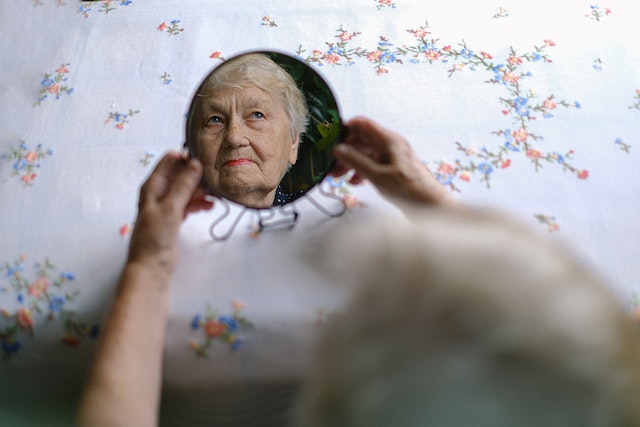
Macular degeneration is a prevalent eye condition that affects millions of people worldwide, especially as they age. Often referred to as the “silent thief of sight,” macular degeneration gradually steals away central vision, impacting daily activities such as reading, driving, and recognizing faces. In this blog, we will delve into the world of macular degeneration, its types, risk factors, and prevalence.
What is Macular Degeneration?
Macular degeneration is an eye disease that damages the macula, the small, central part of the retina responsible for sharp, detailed vision. The two main types of macular degeneration are:
Dry Macular Degeneration: Characterized by the gradual thinning and breakdown of macular cells, leading to drusen formation (yellow deposits) and, in advanced cases, the development of atrophy or cell death.
Wet Macular Degeneration: Occurs when abnormal blood vessels grow beneath the retina and leak fluid, causing rapid and severe vision loss.
Prevalence of Macular Degeneration
Age-Related Macular Degeneration (AMD):
- AMD is the leading cause of vision loss in people over the age of 50 in developed countries. (1)
- Approximately 196 million people worldwide are expected to have AMD by 2020, with an estimated increase to 288 million by 2040. (2)
Geographic Atrophy:
- Geographic atrophy, an advanced form of dry AMD, affects about 10 million people globally. (3)
Neovascular (Wet) AMD:
- Wet AMD accounts for about 10% of all AMD cases but is responsible for 90% of severe vision loss due to the disease. (4)
- Risk Factors for Macular Degeneration
- Age: The risk of macular degeneration increases with age, with the highest prevalence among individuals over 65.
- Family History: Having a family history of macular degeneration may increase the risk of developing the condition.
- Smoking: Smoking is a significant modifiable risk factor for AMD, with smokers having a higher risk of developing the disease.
- Race/Ethnicity: Caucasians are more likely to develop AMD than individuals of African-American or Hispanic descent.
Research and Treatment
Currently, there is no cure for macular degeneration. However, ongoing research aims to develop new treatments and therapies to slow the progression and improve vision in affected individuals.
- a. Anti-VEGF Therapy: For wet AMD, intravitreal injections of anti-VEGF medications have revolutionized treatment, providing effective control of abnormal blood vessel growth.
- b. Nutritional Supplements: Studies like the Age-Related Eye Disease Study (AREDS and AREDS2) have shown that specific nutritional supplements can slow the progression of dry AMD in certain cases.
Macular degeneration is a prevalent and potentially devastating eye condition that affects millions of people globally. With its gradual and painless progression, early detection and timely intervention are crucial to preserving vision. Understanding the risk factors and prevalence of macular degeneration can prompt individuals to take proactive steps, such as regular eye exams and adopting a healthy lifestyle, to mitigate the risk.
Ongoing research and advancements in treatment offer hope for improved outcomes and better management of this sight-threatening condition. As we raise awareness about macular degeneration, let us remember that proactive eye care and early detection can make a significant difference in preserving the gift of sight for ourselves and our loved ones. By shedding light on this “silent thief of sight,” we empower individuals to take charge of their eye health and embark on a journey toward a clearer and brighter future.
References:
- Wong WL, et al. Global prevalence of age-related macular degeneration and disease burden projection for 2020 and 2040: a systematic review and meta-analysis. Lancet Glob Health. 2014;2(2):e106-e116.
- Wong WL, et al. Global prevalence of age-related macular degeneration and disease burden projection for 2040: a systematic review and meta-analysis. Lancet Glob Health. 2014;2(2):e106-116.
- Ferris FL 3rd, et al. Clinical classification of age-related macular degeneration. Ophthalmology. 2013;120(4):844-851.
- Friedman DS, O’Colmain BJ, Munoz B, et al. Prevalence of age-related macular degeneration in the United States. Arch Ophthalmol. 2004;122(4):564-572.





